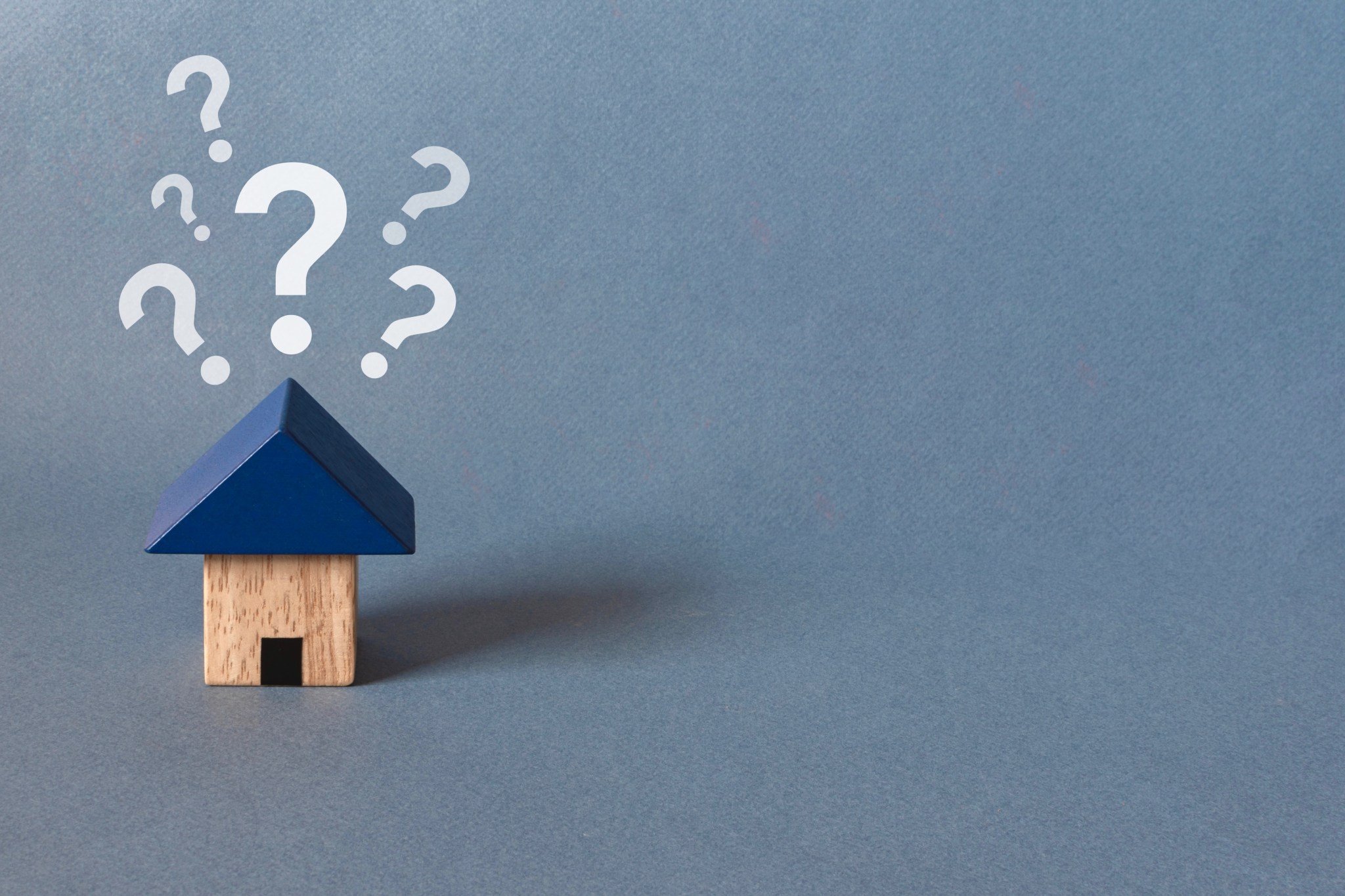
Buying a home can be an exciting experience. But before you start shopping for the perfect place to live, it’s a good idea to understand what type of mortgage you’ll be using to finance your purchase—it can affect your potential interest rate, minimum down payment, and more.
Two of the most popular home loan programs, especially for first-time home buyers, are FHA loans and conventional loans. Both types of mortgages have advantages and disadvantages. So if you’re trying to decide whether an FHA loan or a conventional loan makes the most sense for your financial situation, the following guide will help you compare these financing options.
Get more information: Compare FHA mortgage rates today.
What is an FHA loan?
An FHA loan is a type of government-backed mortgage. The Federal Housing Administration – a division of the US Department of Housing and Urban Development (HUD) – insures these home loans but does not issue them. To apply for an FHA loan, you need to find an FHA lender.
Because the federal government backs FHA loans, there is less risk involved for the lender if the buyer defaults. Therefore, the requirements tend to be easier to meet when it comes to FHA loans, making them an attractive option for borrowers with low credit scores as well as for home buyers who may struggle to come up with a large down payment.
Get more information: How to buy a house with bad credit.
What is a conventional loan?
A conventional loan is a mortgage that is available without the backing or insurance of the federal government. If you qualify, you can get these private home loans from a variety of banks, credit unions and other lenders. But you usually need at least a fair credit score to qualify for this type of mortgage. In some cases, you may need a slightly larger down payment to also qualify for a conventional loan.
Although conventional loans do not receive government subsidies, certain conventional loans must follow rules set by the Federal Housing Financing Agency (FHFA), including loan limits. These are called conforming loans. But nonconforming loans, including jumbo loans, do not have to follow FHFA rules.
Get more information: What credit score do you need to buy a house?
Key Differences Between FHA vs. conventional mortgages
FHA loans and conventional loans each have their own requirements you must meet to qualify for financing. In general, FHA loans have more forgiving approval criteria compared to conventional loans when it comes to factors like credit scores and down payments. At the same time, loan limits on conventional loans can provide more flexibility depending on the amount you want to borrow.
Below are some of the key differences between FHA and conventional loans.
Credit score requirements
Many FHA lenders will work with borrowers who have a FICO score of 580 or higher. Some lenders may be willing to accept applicants with credit scores as low as 500 — but in that case, the borrower must pay at least 10% down instead of the usual FHA loan minimum of 3.5%.
For conventional loans, some lenders may approve borrowers with a FICO score of 620 or higher. Still other lenders may require a minimum score of at least 660.
Payment
It is possible to get an FHA home loan with a down payment as low as 3.5% if you have a FICO Score of 580 or higher. However, lenders who accept borrowers with lower credit scores (eg in the 500 to 579 range) can be expected to require a 10% down payment instead.
In comparison, there are low down payment conventional loan options for first-time home buyers with payments as low as 3%. Otherwise, the minimum down payment requirement for a conventional mortgage can vary between 5% and 15% depending on the details of your loan. And if you want to avoid paying private mortgage insurance, give your lender a down payment of 20% or more.
Get more information: What is down payment assistance and how do you get it?
Interest
FHA loans can have attractive mortgage rates compared to conventional loans because the government’s backing of the loan reduces risk for the lender. But the interest rate that a lender offers you on either type of mortgage can vary depending on the market and the details of your loan.
Risk factors such as your credit score, debt-to-income (DTI), down payment, loan term, and whether you have a fixed-rate or adjustable-rate loan can also come into play.
Loan limits
The FHA sets new loan limits each year that determine the maximum amount you can borrow using this loan program. If you are interested in using an FHA loan to buy a home, it is important to know the FHA loan limit for your area. Loan limits vary by county, and you can visit the HUD website to check the FHA loan limit for different locations.
For 2024, the FHA upper loan limits are as follows.
- Low-cost counties: $498,257
- High cost counties: $1,149,825
Conforming conventional loans also have loan limits, but they are higher than FHA loan limits in many areas. If you are interested in a more expensive property, a conventional loan may be better suited to your situation in some places. For 2024, the conforming conventional loan limits are between $766,550 and $1,149,825 (in high-cost areas).
The loan limits for conforming conventional loans originate from the efforts of the Federal Housing Finance Agency (FHFA) to maintain stability in the housing market.
Fannie Mae and Freddie Mac — collectively called government-sponsored enterprises, or GSEs — set requirements for the mortgages (ie, conventional loans) that they buy from lenders. The FHFA regulates the GSEs and sets lending limits on conforming loans to help prevent over-lending and foreclosures and help the GSEs avoid financing unaffordable mortgages that may pose too much risk.
Keep in mind that borrowers can also apply for non-conforming conventional loans, called jumbo loans, if they need to borrow above the available loan limits. However, jumbo loans typically have stricter qualification standards because the larger loan size can increase the risk for the lender.
Mortgage insurance
Mortgage insurance is a policy that gives the lender protection if you default on your home loan. With an FHA loan, your lender will require you to pay two types of mortgage insurance – upfront and annually.
The upfront mortgage insurance premium (UFMIP) for an FHA loan is typically 1.75% of your base loan amount. You can add this cost to your loan amount if you don’t have the funds available to pay up front. Annual mortgage insurance premiums (MIP) generally range between 0.45% to 1.05% of the loan amount. Your lender splits your MIP premium into 12 installments and adds it on top of your monthly mortgage payment.
Conventional loans may also require private mortgage insurance (PMI) to protect the lender’s investment. However, if you are able to provide a 20% down payment on your conventional loan, you should be able to avoid this additional cost.
PMI premiums can vary based on several factors. However, Freddie Mac estimates that PMI can cost between $30 to $150 per month for every $100,000 you borrow.
The takeaway
FHA loans and conventional loans represent two different paths to home ownership. The best home loan option for your situation will depend on a number of factors, including your creditworthiness, your ability to save a down payment and how much money you need to borrow to buy your desired property.
It is important to do your own research and examine different loan options before applying for a mortgage. And you may also want to consider other loan alternatives, including VA loans and USDA loans, depending on your situation. Remember that a reputable lender should also be able to provide you with guidance and help answer your questions.
That said, an FHA loan may be the option you need to get into your new home—especially if you have a low-end credit score that can make it difficult to get a conventional mortgage.
